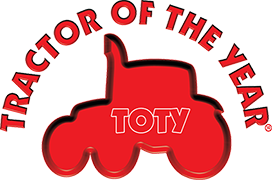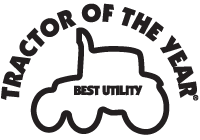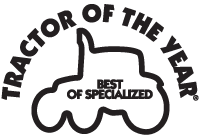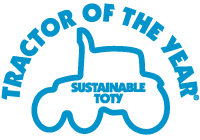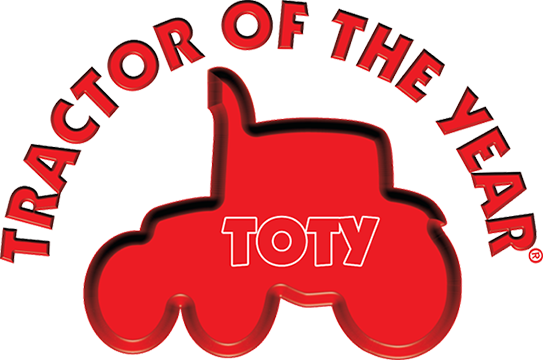1. New and future technologies, such as the Internet of Things (IoT) and Big Data analysis, will enable farmers to gather and analyze vast amounts of data, leading to more informed decision-making and increased efficiency in theireveryday job.
2. Advancements in tractor technologies, including the use of electric, hybrid, and gas engines, will contribute to making future tractors more comfortable,safer, and more connected. These technologies will enhance the overall user experience for farmers and improve their productivity.
3. Intelligent systems, driven by AI and IoT, will enable real-time monitoring and control of agricultural processes, allowing farmers to optimize resourceutilization and reduce waste. This will result in improved sustainability and soilprotection.
4. Connectivity and data-driven solutions will enable farmers to access valuableinformation regarding weather patterns, market trends, and crop management techniques. This knowledge will empower them to make better-informeddecisions, thereby increasing the effectiveness and reliability of their farming practices.
5. The concept of sustainability in agriculture extends beyond purelyenvironmental considerations. The Sustainable TOTY award recognizesinnovative solutions that prioritize sustainability in a holistic sense,encompassing aspects such as efficiency, effectiveness, safety, and connectivity, in addition to reduced pollution and soil protection.
